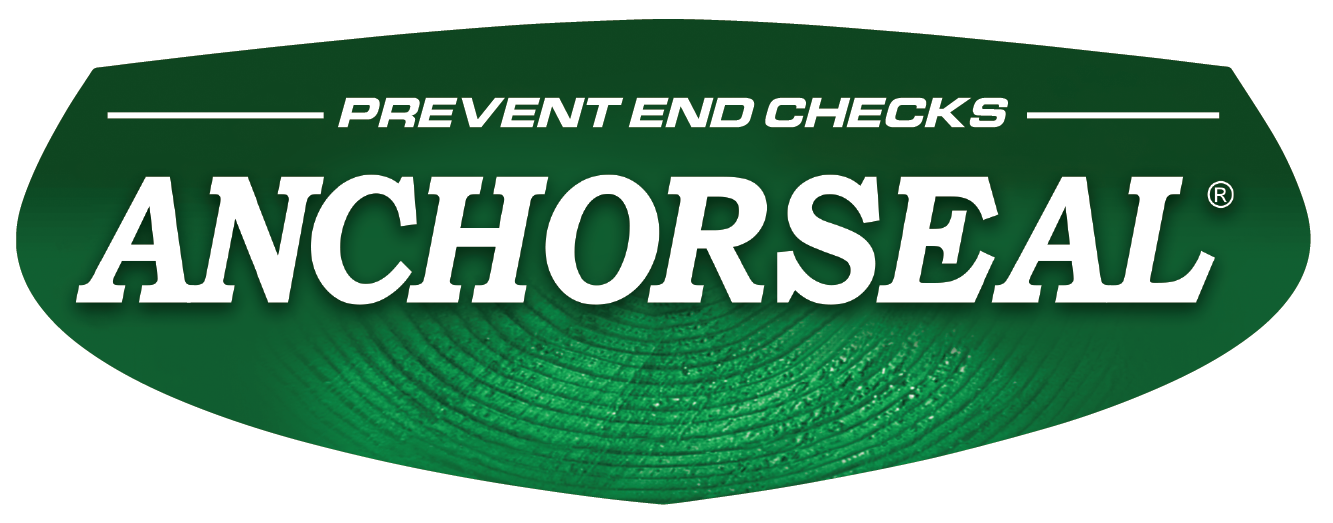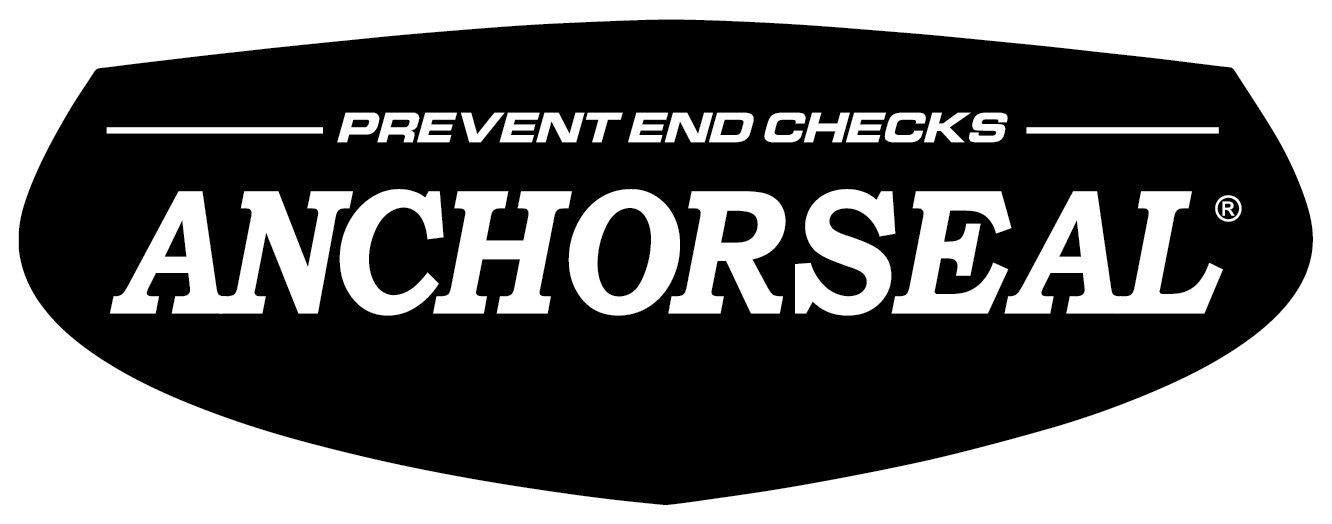Your deck is more than just an outdoor space - it's where memories are made, barbecues happen, and you escape the hustle of daily life. But here's the thing: even the best-built deck won't last without proper maintenance. If you've been wondering whether it's time to reseal your deck, you're asking the right question.
Whether you're completely new to deck maintenance or you've heard about U-C Coatings' Seal-Once water proofing products and want to understand when and how to use them, this guide will help you make the right call. Learning how to reseal a deck properly starts with recognizing when your deck is crying out for help.
The good news? Your deck will tell you exactly when it needs attention. You just need to know what signs to look for.
How Can You Tell If Your Deck Needs to Be Resealed?

Think of deck sealing like sunscreen for your skin. When the protection wears off. Your deck gives you clear warning signs before serious problems develop, but only if you know what to look for.
The simple water test tells you everything you need to know: sprinkle a few drops of water on different areas of your deck. If the water soaks in quickly, your wood is vulnerable.
But there are other telltale signs that it's time to take action, and catching them early can save you thousands in deck replacement costs.
Sign #1: Fading Color and Graying Wood
What you're seeing: The rich natural color your deck once had is now washed out, dull, or turning silver-gray.
Why this happens: UV rays break down wood fibers and protective coatings. Without sealing, your deck gets sunburned every single day.
Some graying is natural, especially when using a clear sealer or waterproofer. All wood, regardless of stains or sealers, will gray over time as the stains/sealers cannot prevent this entirely. To further prevent an intense gray color, Seal-Once Marine Grade comes in several color options. But if your deck went from a beautiful brown natural wood tone appearance to gray in just one season, that's a red flag. Once significant discoloration starts, you're in the window where cleaning and sealing will restore and protect.
For decks near water, Seal-Once Marine Grade Wood Sealer handles the harsh moisture exposure that accelerates wood deterioration, while still being eco-friendly and safe for aquatic environments.
Sign #2: Water Soaks Right In
This is the most important test. When water penetrates freely into your wood.
What water absorption means:
- Your wood is defenseless against moisture damage
- Freeze-thaw cycles can start splitting boards apart
- Mold and mildew can take hold
- The damage compounds with every weather event
Once water starts penetrating freely, you're racing against time before minor maintenance becomes major repairs.
Products like Seal-Once CLEAR WATERPROOFER and Marine Grade Clear create an invisible barrier that blocks water while letting wood age naturally. It's like having an umbrella that never comes down.
Sign #3: Rough, Splintery Surface
What you're noticing: The smooth deck surface now catches on bare feet or clothing. You see raised grain and small splinters.
The progression: This starts subtle but gets dangerous quickly. Without protection, UV rays and moisture cause wood fibers to lift and separate. What begins as a slightly rough texture turns into serious splinters.
Surface roughness means you'll need light sanding before resealing, but don't worry. Proper preparation followed by quality sealing restores a smooth, comfortable surface that's safe for bare feet.
Sign #4: Mildew, Algae, and Dark Streaks
The visual cues: Dark streaks, green patches, or black spots growing in shaded or damp areas.
Neglected decks create perfect conditions for biological growth. Moisture gets trapped, organic matter accumulates, and suddenly you have a slippery, unhealthy mess.
The problems this creates:
- Slip hazards when wet
- Permanent staining if left untreated
- Accelerated wood decay
Clean thoroughly with a specialized deck cleaner, then apply a sealer that prevents moisture retention. SEAL-ONCE Marine Grade Premium Clear Wood Sealer excels here because it's designed for high-moisture environments.
Sign #5: Cracking and Splitting
What you're seeing: Small cracks running with the grain, larger splits, or boards actually separating.
Wood naturally expands and contracts with moisture changes. Without sealing, these movements become extreme. The constant swelling and shrinking eventually cracks the wood fibers.
Damage assessment:
- Surface checks and cracks: Usually manageable with cleaning and sealing
- Structural splits: Could require board replacement
Catch this early and you can seal the cracks to prevent water infiltration. Wait too long, and you're replacing boards.
How to Properly Prepare an Old Deck for Resealing

Preparation is the single most important factor in how long a sealer will last. Rushing this step often results in peeling, patchiness, or wasted product. Here’s how to do it right:
Step 1: Clean Thoroughly
Start with a deep clean to remove dirt, mold, algae, and old coatings. Use a high-performance product Seal-Once Multi-Surface Cleaner. It’s eco-friendly, biodegradable, and designed to penetrate deep into the wood fibers. Scrub with a stiff brush or use a pressure washer for stubborn buildup.
Step 2: Brighten the Wood
If the wood looks weathered or dark after cleaning, apply Seal-Once All Wood Brightener. This step neutralizes the surface, restores natural color, and opens up the grain for better sealer penetration.
Step 3: Dry the Deck
Allow the deck to dry completely before sealing (2 dry days). A moisture test can help—sprinkle a few drops of water on the boards. If the water soaks in immediately, the surface is ready.
Step 4: Apply Your Sealer
Choose the right product for your environment. Use Seal-Once Marine Grade Clear Wood Sealer or Marine Grade Semi-Transparent Stain for decks near pools, lakes, or high-moisture areas. For general outdoor decks and tropical hardwoods, Seal-Once Clear Waterproofer provides excellent invisible protection. Apply two coats “wet-on-damp” with a brush, roller, or sprayer, always back-brushing for even coverage.
How Often Should You Reseal a Deck?
Most experts recommend resealing every 2–3 years, but this depends on factors like climate, sun exposure, and foot traffic. Decks in wet or coastal environments may need attention sooner, while shaded or lightly used decks can often go longer between applications. The water test is the most reliable way to know when it’s time.
Final Thoughts
Learning how to reseal a deck is less about complicated techniques and more about consistency. By watching for the warning signs, preparing the surface properly, and applying a high-quality sealer, you can keep your deck safe, beautiful, and functional for years to come.
For eco-friendly, durable protection, trust U-C Coatings’ Seal-Once Marine Grade Wood Sealer and Seal-Once Clear Waterproofer. Both are designed to penetrate deeply, shield against moisture, and allow your wood to age gracefully without decay.














